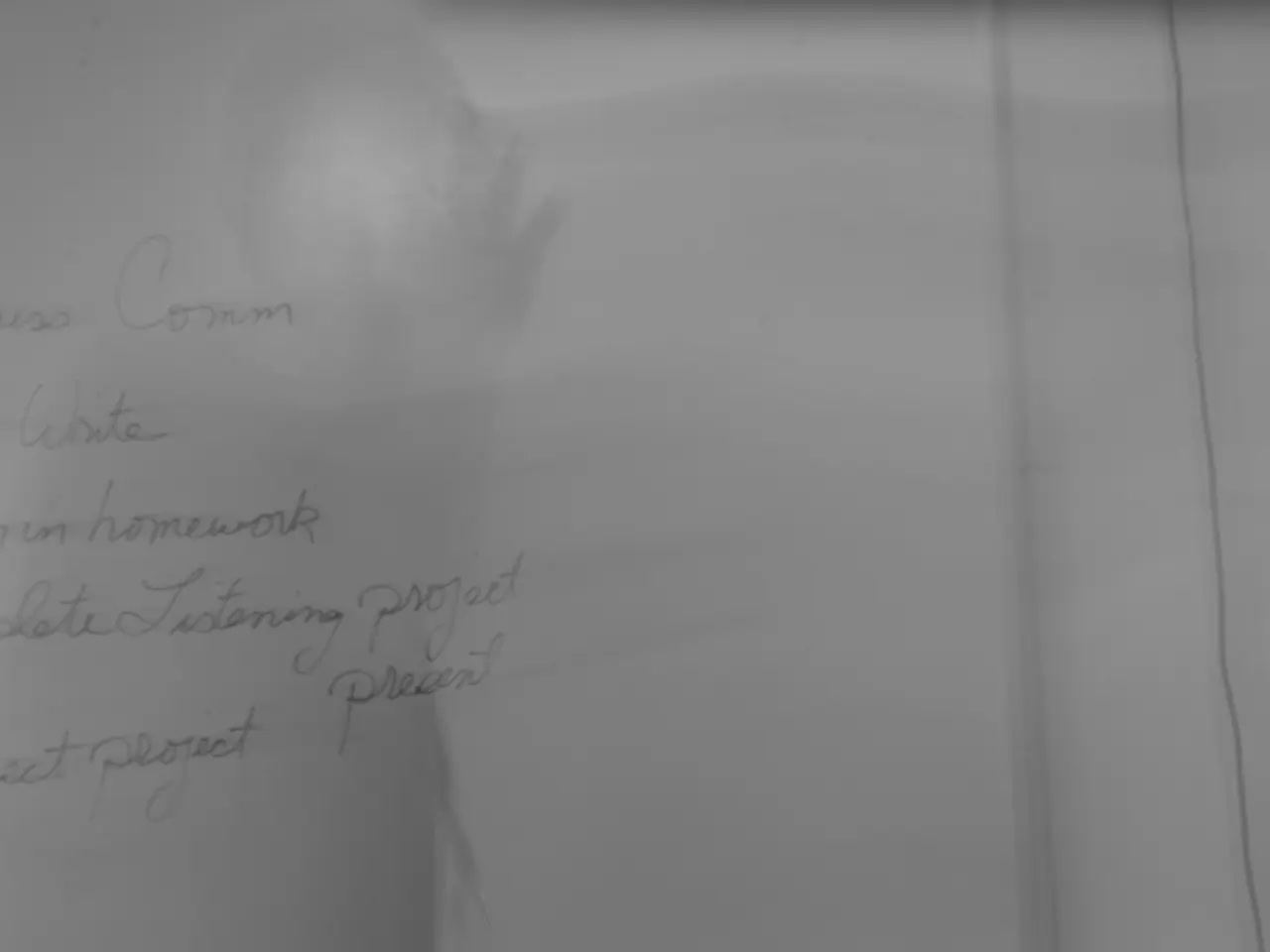World faces imposition of extensive tariffs by Trump on a global scale
=============================================================================
In a major move, President Donald Trump announced new trade tariffs on more than 60 countries, effective at 12:01 a.m. on August 7, 2025. These tariffs range from a minimum of 10% to as high as 41%, depending on the country.
The tariffs were established by Executive Order 14257 and subsequent modifications, aiming to address U.S. trade deficits and perceived unfair trade practices, using authorities under U.S. trade and emergency laws.
Syria faces the highest tariff rate of 41%, while Laos, Myanmar, and Canada are subject to tariffs of 40%, 35%, and 35% respectively. Countries like Iraq, Kazakhstan, Israel, Japan, Jordan, and Indonesia have tariffs around 15%, 19%, 25%, and 19%, depending on their trade relationships and negotiations with the U.S.
The tariffs apply broadly to all imports entered for consumption or withdrawn from warehouse for consumption, with some exceptions. Transshipped goods may face a flat additional penalty tariff of 40% on top of the regular rate. Some countries with reciprocal agreements have slightly lower tariffs that have delayed implementation until the August 7 deadline.
The implementation of these tariffs has caused confusion and uncertainty among companies that depend on international business. Calculating the various new tariffs is not as simple as it has been historically, according to customs attorney Richard A. Mojica.
The tariffs face potential legal obstacles and could ultimately be struck down in the coming months, as a federal appeals court is hearing arguments in a case brought by states and businesses that say the president exceeded his authority under law by issuing such sweeping duties.
On a positive note, some preliminary trade deals have been brokered between the U.S. and several countries, including Britain, Indonesia, the Philippines, Japan, South Korea, and the European Union. These deals offer opportunities for American energy and airplane exports, investments in U.S. factories, and lower barriers to U.S. exports of farm and industrial goods.
In a significant development, the United States and Mexico have agreed to pause any escalation in tariffs on Mexico for 90 days, with the goal of signing a Trade Deal. This extension is likely, according to Treasury Secretary Scott Bessent, while Chinese officials have also secured a 90-day extension on any tariff increase.
The tariffs are likely to raise costs for American consumers and slow the economy, according to economists. The administration has made clear that there is "a real deadline" for further dealmaking, but is still likely to be open to it. The tariffs will replace rates that have been in place for decades, marking a shift towards a more protectionist and isolationist trading system.
[1] The New York Times [2] The Wall Street Journal [3] CNN Business [4] The Washington Post
- The high tariffs announced by President Donald Trump, ranging from 10% to 41%, have stirred uncertainty among businesses relying on international trade, as reported in general news outlets such as The New York Times, The Wall Street Journal, CNN Business, and The Washington Post.
- The politics of business continues to shape trade relations, with potential legal obstacles threatening the tariffs implemented by President Trump, as discussed in political and economic quarters like The New York Times, The Wall Street Journal, The Washington Post, and CNN Business.







